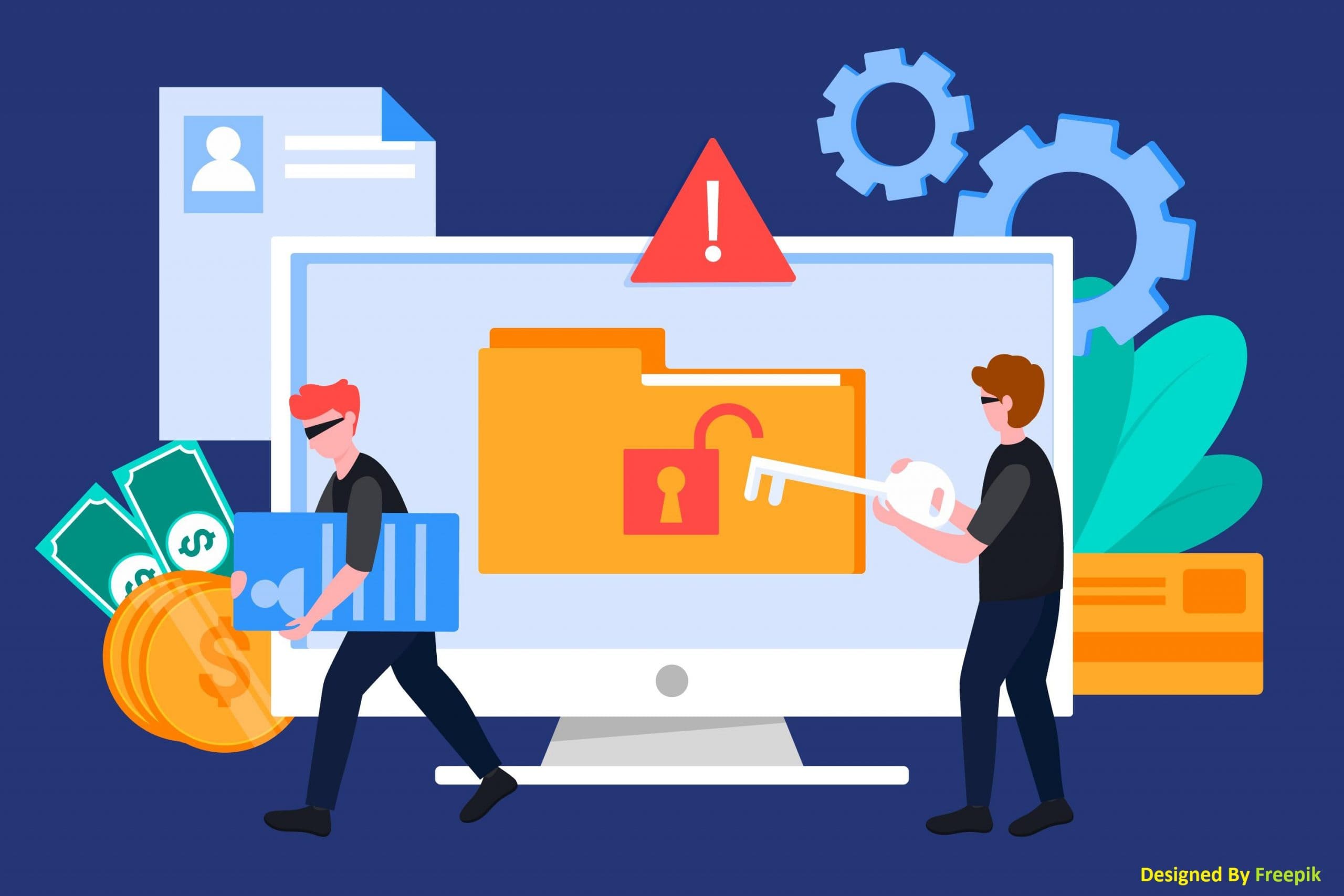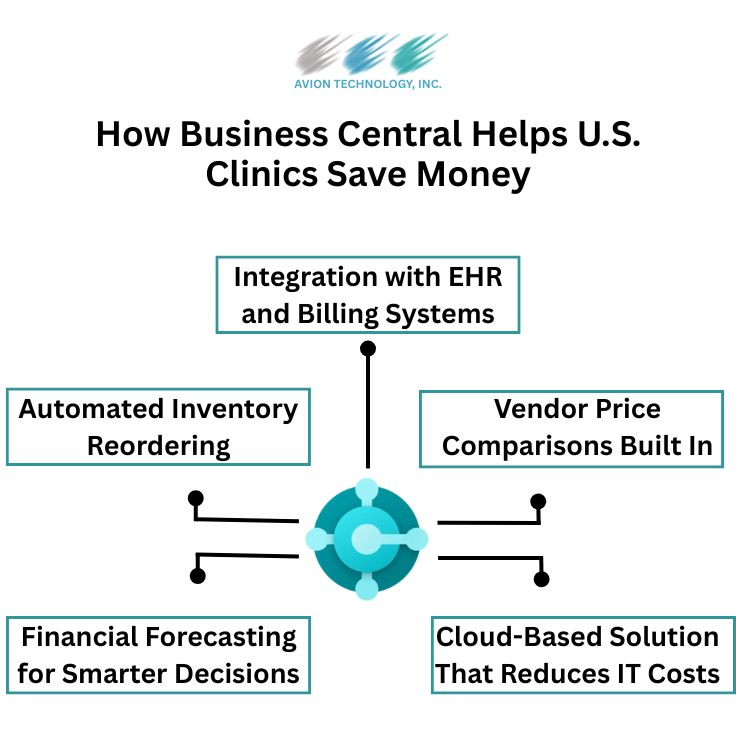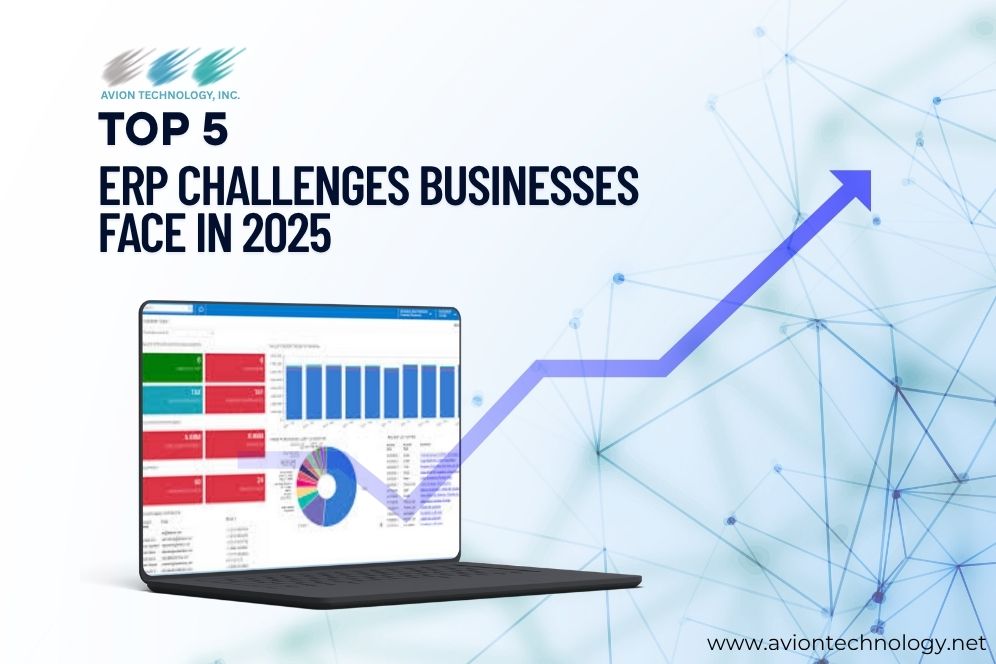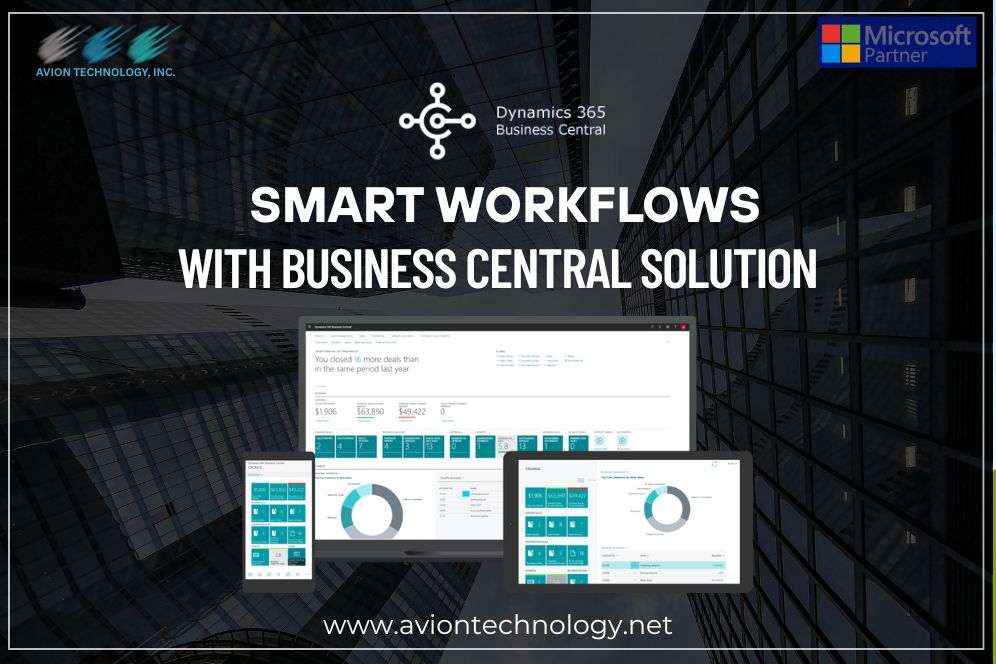A security threat is a spiteful act that aims to corrupt or steal data or derange an organization’s system or an entire organization. As cyber security threats evolve and become more worldly-wise, enterprise IT must remain vigilant in protecting their data and networks.
Below are the top 5 types of information security threats that Chicagoland-based IT companies often notice:
1. Phishing
Phishing involves fraudulent communications intended to steal sensitive data, deploy malware, commit financial fraud, or practically any other nefarious effort you can imagine. Phishing attempts often occur over email with instructions to get the beneficiary to click a link, open an accessory, send money to a bank account, or provide sensitive information. Such sensitive information includes credentials, a common entry point for malware deployment, including ransomware, one of the most expensive cyber threats to address.
2. Vulnerability Exploit
Researchers identify new vulnerabilities daily in software, hardware, and firmware. One needs to stay on top of these searches, so threats don’t surprise you.
How to keep systems updated and patched?
Vulnerability scans help identify systems that need patches. And the NIST Cybersecurity Framework recommends using a risk-management process to address vulnerabilities based on priorities.
3. Misconfigurations
Security misconfiguration results from failure to properly apply security controls to devices, networks, cloud applications, firewalls, and other systems. It can include non-payment admin credentials and open ports to unutilized web pages and unsecured files.
This passive attack vector is the organization’s problem and can lead to data breaches, uncertified access, and other major security incidents.
4. Compromised Credentials
Cybercriminals use this attack vector because it is straightforward to get sensitive and valuable information through an account once established within an organization, but al., These massive destructions before they are discovered.
5. Supply Chain Vendors
No matter how robust your cybersecurity solutions are, you’re only as strong as your anaemic partner, the vendor.
In today’s interconnected digital world, the third-party risk is growing exponentially. Numerous high-profile data breaches in recent years have highlighted the consequences of vendor breaches, demonstrating that cybercriminals target suppliers with weak security postures as an entry point into another organization.
Preventing Malvertising
One must prevent malvertising by ad networks by adding authentication; This reduces the possibility of user compromise. Validation may include: vetting potential customers by requiring legal business documentation, two-factor authentication, and Scanning possible ads for malicious content before publishing the ad.
To minimize malware attacks, web hosts should periodically test their websites from unpatched systems and monitor those systems for any malicious activity.
Enterprise security teams must ensure that software and patches are kept up-to-date, and network antimalware tools are installed. This activity helps to reduce the risk of malvertising attacks.
Resource:
https://www.techtarget.com/searchsecurity/feature/Top-10-types-of-information-security-threats-for-IT-teams
https://www.dig8ital.com/post/the-most-common-cyber-attack-vectors-of-2022
https://arcticwolf.com/resources/blog/top-five-cyberattack-vectors/
Disclaimer:
Wherever any material is quoted as sourced from the published text with publishing rights vested in an individual, it is stated that it is a pure quotation and has no intention to claim it as our own.
Image Source: www.freepik.com





